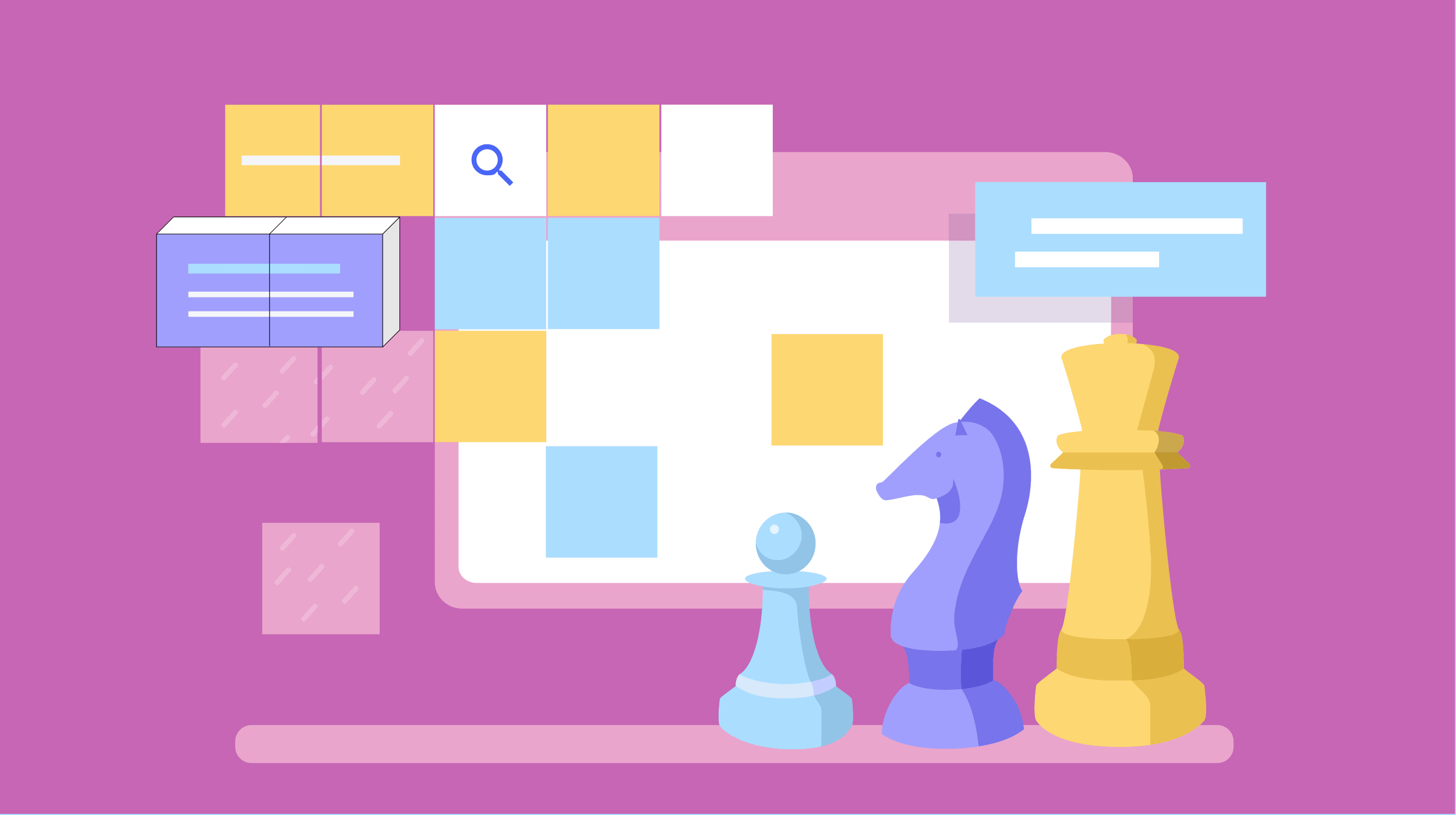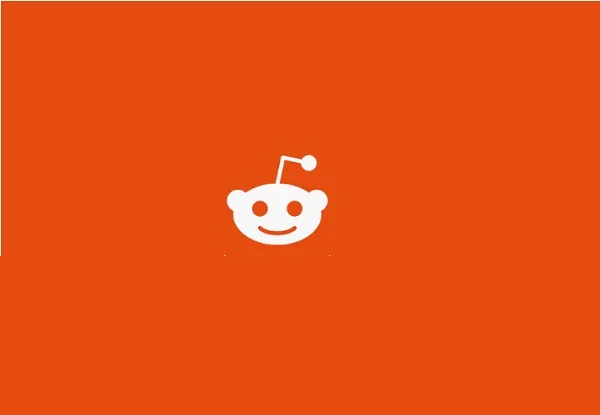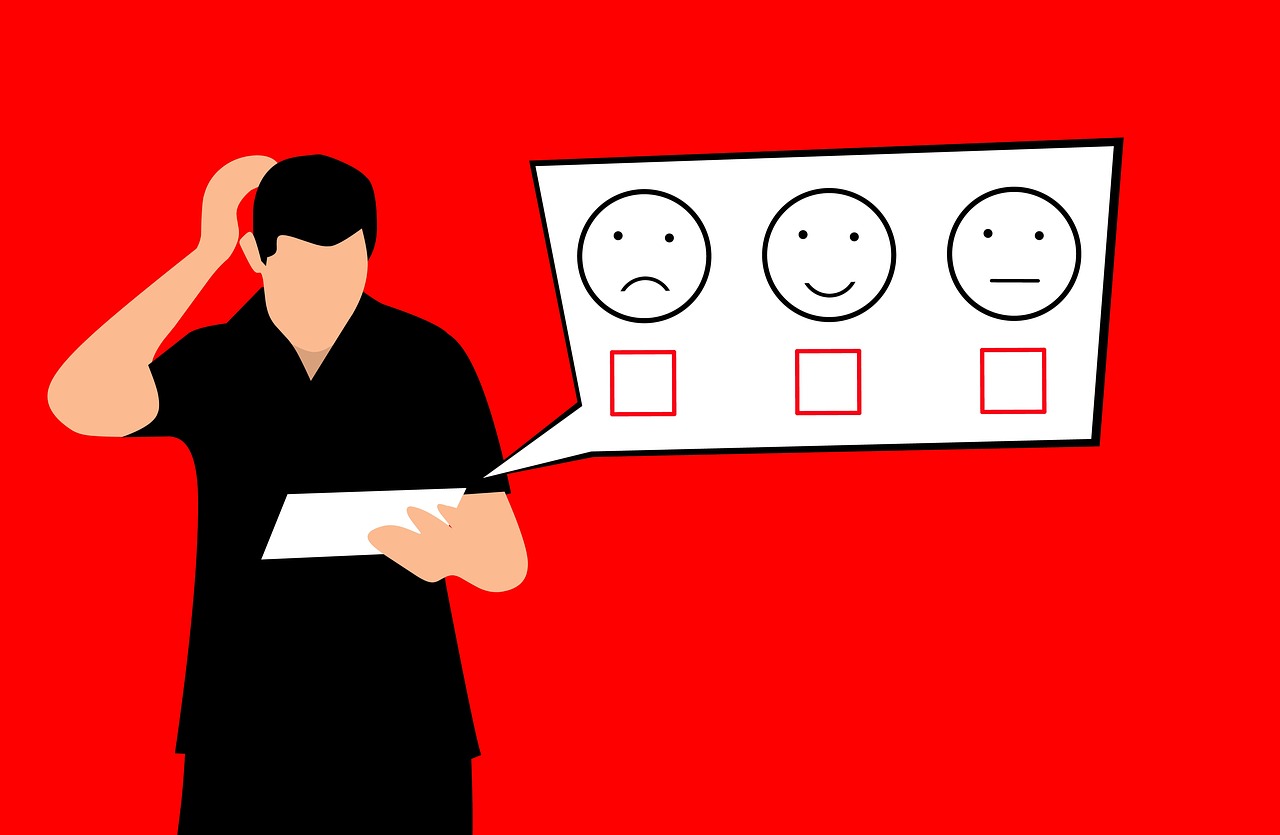Why Google is building separate data clean rooms for audience targeting and measurement
Search giant builds new ad data services in its "clean room" strategy.

Google is splitting its data tool Ads Data Hub into two entities, one for marketers and one for measurement partners, a move that will give advertisers new opportunities to use their own first-party data to target ads on Google’s ad network.
Google announced the evolution of Ads Data Hub today, creating one unit called Ads Data Hub for Marketers and another reserved for measurement. “Marketers require tools to quantify a consumer’s path to purchase and the ability to activate new audiences,” Prema Sampath, Google Ads product director, said in an announcement. “At the same time, measurement partners conduct third-party assessment of metrics such as video viewability, audience reach, and brand lift.”
Google launched Ads Data Hub in 2017 for brands to bring data into a secure environment to study their media spend, which goes through Google’s ad network, and to understand how effective those ads were in converting customers. The ads hub is among an assortment of “data clean rooms” proliferating in advertising. Amazon, for instance, has Amazon Marketing Cloud and Disney launched Disney Select as part of its ad tech and data products as it builds ad-supported media on channels like Disney+.
Publishers and platforms are building these data clean rooms so brands can play with the information they collect on consumers, and use it to plan ad campaigns, without technically revealing that data to outside partners. The publishers and platforms also don’t want to hand over the data they have about users of their services. Google’s Ads Data Hub was in many ways a template for the clean room boom.
With the new data hub devoted to marketers, Google is creating a place for brands to import data sets and use them to find new audiences for their ads bought on Google’s Display and Video 360 ad network. Google will also allow brands to create ad targeting audiences on YouTube through the data hub for marketers, Sampath said.
“[Marketers] can seamlessly access insights to better inform the way they purchase media,” Sampath said in the announcement. “This means a simplified experience for marketers running queries and activating their first-party data.”
First-party data is a foundational tenet of new privacy regimes online, where brands are being forced to only act on consumer information that they collect directly with the consent of the consumers who use their services. Apple has curbed the use of third-party cookies and ad IDs on mobile devices, through anti-tracking privacy policies, and Google is following suit. By the end of 2024, Google has said it plans to deprecate third-party cookies on Chrome and to shut off many forms of personal data sharing on Android devices. These changes have been making it harder for marketers to target ads to individual consumers and harder to measure ad performance.
Google's Ads Data Hub update is part of the technology changes Google is making to maintain effective digital advertising. In recent weeks, Google has taken some unprecedented steps to alter its ad platform to enable new uses of data. For instance, Google created what it called “publisher advertiser identity reconciliation”—or PAIR—which is a way for online publishers and brands to use data clean rooms to “securely and privately reconcile their first-party data for audiences who have visited both an advertiser’s and a publisher’s site,” Dan Taylor, Google’s VP of global ads, said in a blog post earlier this month.
Riot Games' ROI
Google’s ads data hub for marketers will also enable marketers to use PAIR data in their analysis, and Google said it will help speed up the time it takes for brands to gather insights about their campaigns. “As privacy expectations evolve, we will continue to build more solutions that enable advertisers and agencies to measure and activate their first-party data with Ads Data Hub for Marketers,” Sampath said.
Google used Riot Games, the video game studio, as an example of a brand that was using the ads data hub for marketers.
“The company centralized their insights and combined them with Display [and] Video 360 and Campaign Manager 360 data,” Google said. “This let Riot Games attribute credit to various ad touch points, accurately measure return on ad spend (ROAS), and establish a new benchmark showing that for every $1 Riot Games spent on Google media, it received $2 in revenue.”
Google said 3,000 brands, agencies and measurement partners have used the Ads Data Hub. The second piece of the ad hub—Ads Data Hub for Measurement Partners—will create new measurement tools for third-party partners like DoubleVerify and Dynata. The independent measurement firms use the ads data hub to study ad campaigns on YouTube, Google said. YouTube has become a major component of connected TV advertising, and brands have been pushing Google to allow for more measurement services.
“It’ll be easier for partners to offer accurate measurement and deliver near real-time insights,” Sampath said. “For marketers, this means they can work with independent third-party partners to calculate and report on YouTube ad performance across devices, formats and metrics.”

 MikeTyes
MikeTyes 
































